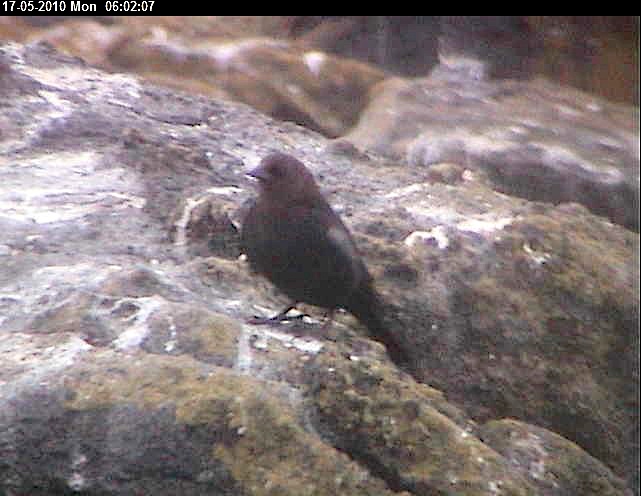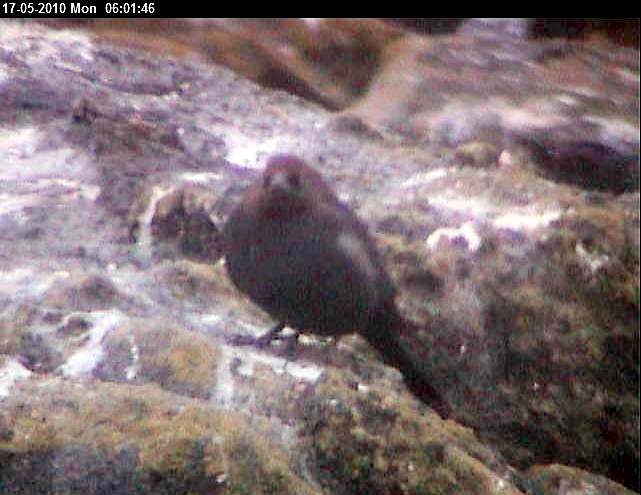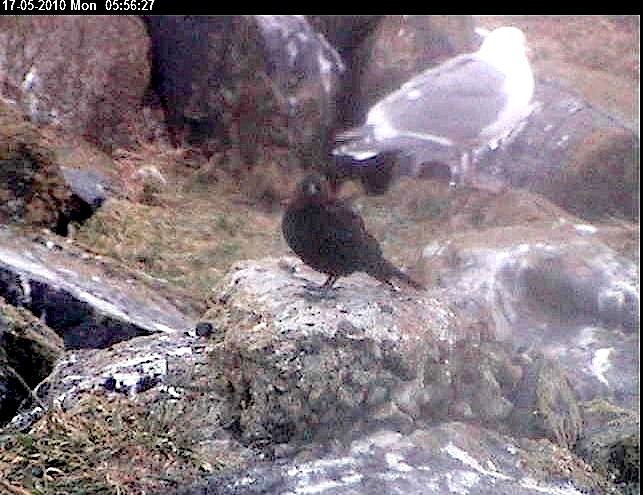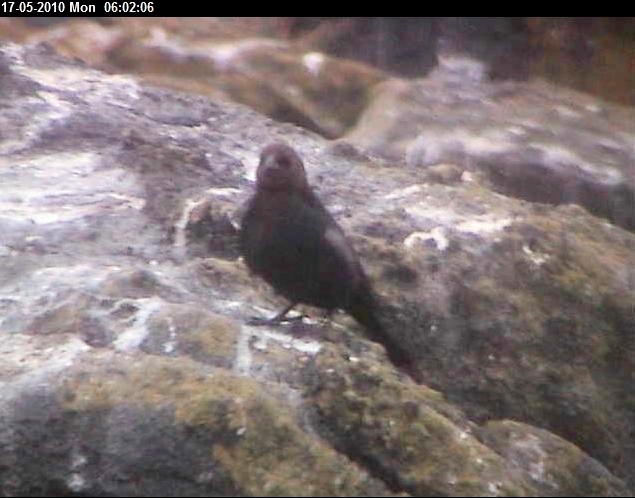Essential Requirements for the Race Rocks MPA from the Point of View of the Race Rocks Ecological Reserve Warden ( and educational director of racerocks.com) Garry Fletcher.
A prerequisite for Designation of an MPA at Race Rocks must be consideration of the following:
Given that the Precautionary Principle is indicated in the Oceans Act as fundamental to Ecological Sustainability of Marine Protected Areas:
- The emphasis in the Oceans Act on the protection of marine ecosystems including the habitats of the marine organisms must form the core value of the MPA. What is currently achieved by the Ecological Reserve status for Race Rocks must not be diminished, and a unified jurisdiction must be applied to the MPA as well as unified permitting procedures for areas of Jurisdictional overlap.
- Resources must be designated to address some of the gaps in scientific ecological knowledge in the MPA.
- Resources must be designated to continue to allow Lester Pearson College (LBPC) to staff the island and manage the facilities for BC Parks.
- Any further funding of the MPA Process should be applied directly to “on the ground ” operation and research activities of the MPA which bring direct benefit to ecosystem conservation.
- Current work in outreach and education must be continued and allowed to adapt with the times, technology and resources available.
- The efforts to maintain and develop further an integrated energy system for Great Race Island must be continued, in order to reduce operating costs.
- The experience of the management process LBPC have carried out since destaffing by the Coastguard in 1997 must be taken into account in the development of a management plan for the MPA.
- The BC Parks Management Plan for the Ecological reserve must serve as a model for the development of any further management plan.
- The permitting system for research and education must be refined enabling faster turn around time, and the Island management must be consulted in the process.
- Given the nature of the historical site on the island, special consideration must be given to conserve those features along with other aspects of cultural heritage and these should be recognized as part of the protected area.
- Access to all smaller islands for research must remain off limits without a permit..
- Oil and Chemical spill containment plans must be devised for the MPA and resources put in place to handle those eventualities.
- Control for Aircraft overflights must be agreed to and enforced. 1500 meters, the US standard, would be advisable in the absence of data indicating otherwise.
- Access for recreational boaters, including kayakers to the reserve must be regulated and carefully monitored and enforcement by DFO followed up when reports are submitted by the island ecoguardian. Vessel speeds and adequate distances from wildlife on land and water must be enforced.
- Personal watercraft must be banned from the MPA in the same way that ATVs are banned from local Parks.
- A prohibition on anchoring except in the event of emergencies or facility maintenance must be imposed.
- A reasonable ( several kilometre) buffer distance must be established so that commercial fishing, dumping and development does not infringe on the MPA.
- The requirements of the DFO Draft Marine Mammal regulations should be confirmed immediately, if not for all of Canada, then for this reserve specifically.
- Cooperation from DND on the use of adjacent facilities and areas must be carefully regulated so as to avoid compromising the ecological values of the MPA.
- Given that the precautionary principle is so highly recognized in the Ocean’s Act, a moratorium should be placed on any harvesting of resources by any groups or individuals within the reserve until such time that adequate scientific research on the level of ecological sustainability has deemed it to be acceptable.
- The boundaries of the MPA may be modified subject to science-based determinations and consultation with the user groups.
- Race Rocks must be considered as only one part of a network of MPAs in Coastal British Columbia. The current Marine-based Ecological Reserves in BC should serve as a core of areas to be considered for MPA designation..





